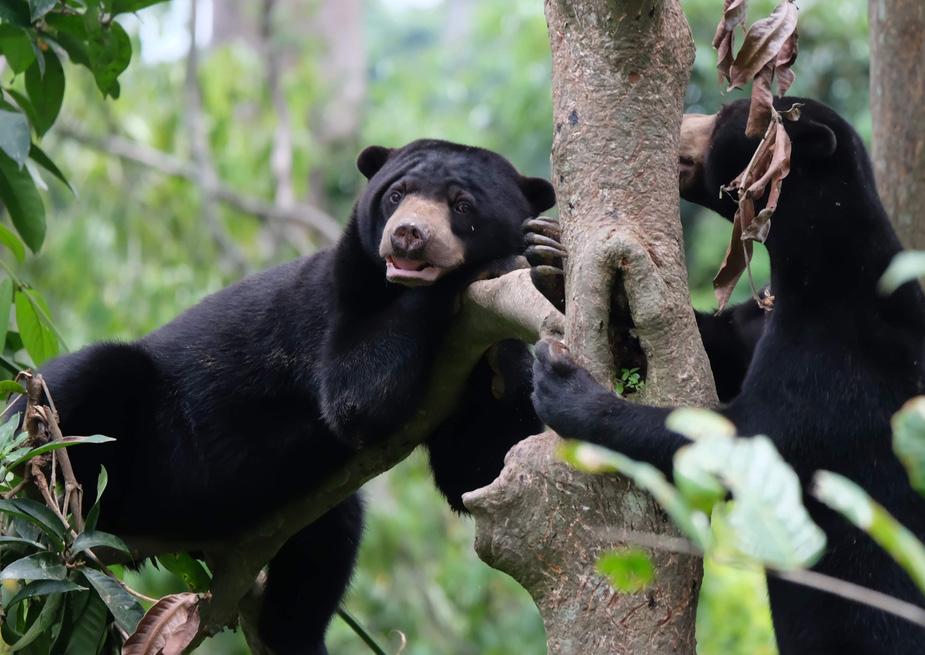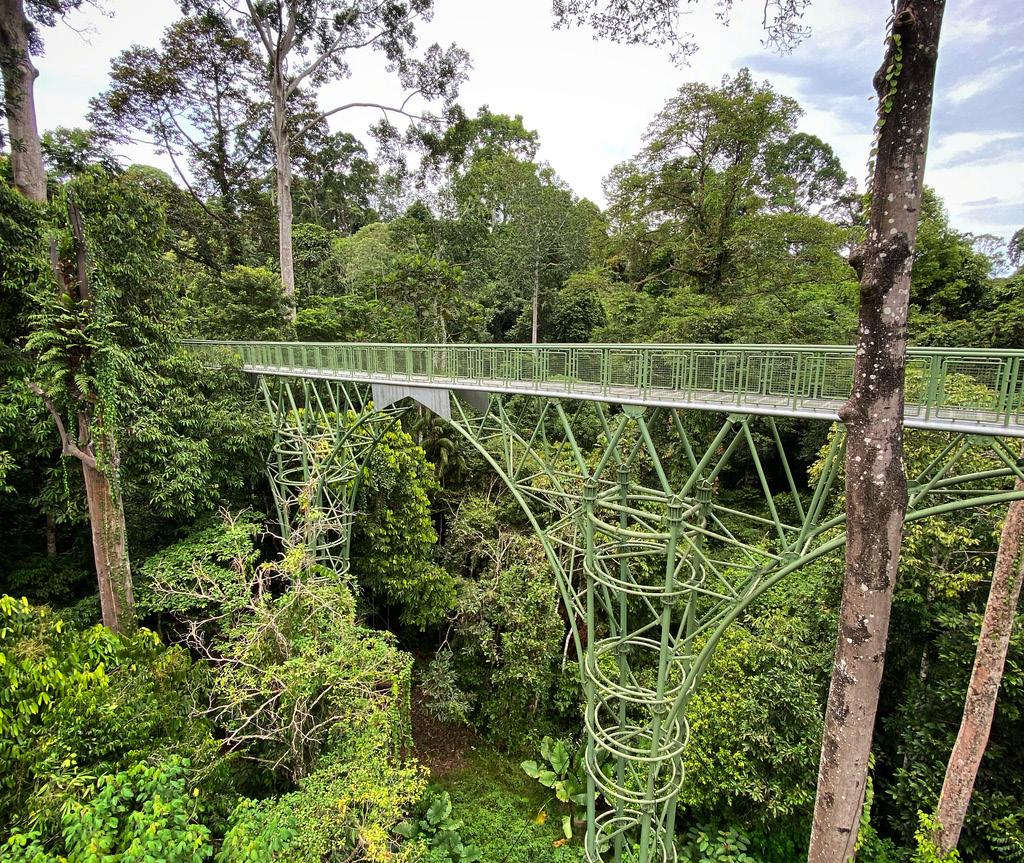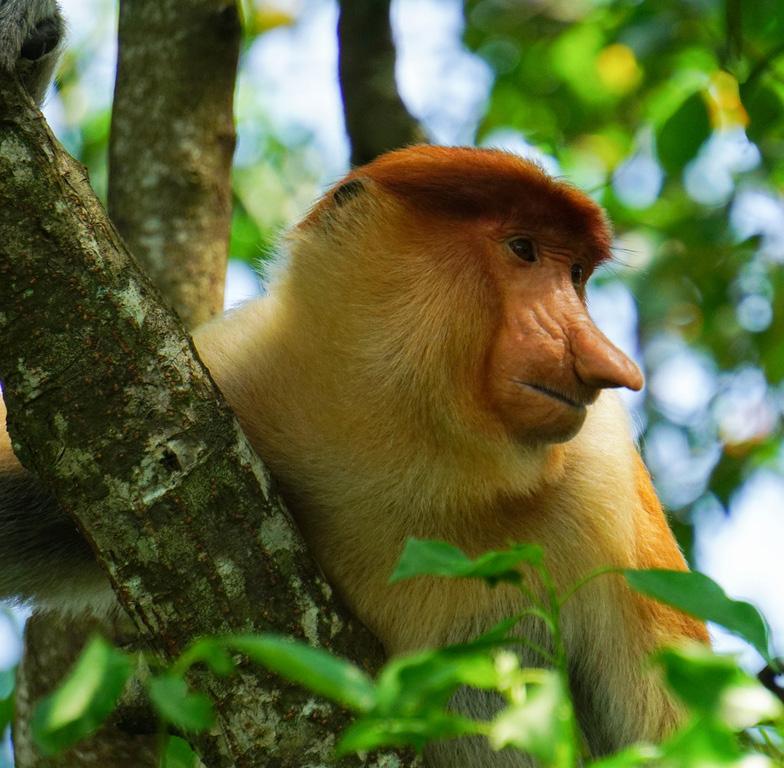
5 minute read
Sabah Borneo’s Wild Beauty and Untold Stories
Sabah, the northern jewel of Borneo, is a land where history, wildlife, and cultural heritage collide to create one of Southeast Asia’s most captivating travel experiences. From its role in World War II to its lush rainforests teeming with wildlife, this Malaysian state offers a rich tapestry of stories waiting to be uncovered.
WWII and the Sandakan Death March
Few travellers to Sabah are aware of its harrowing past. During World War II, the town of Sandakan became the site of one of history’s most tragic events—the Sandakan Death Marches. In 1942, the Japanese military established a prisoner-of-war (POW) camp in Sandakan, holding over 2,400 Australian and British soldiers. In early 1945, as Allied forces advanced, the Japanese forced the prisoners to march 260 kilometres inland to Ranau through unforgiving jungle terrain.
Weak from starvation and disease, most prisoners perished along the way. Only six survived the ordeal— escaping into the jungle and later rescued by local resistance fighters. Today, the Sandakan Memorial Park, built on the site of the original camp, stands as a solemn tribute to the thousands who lost their lives. Walking through its quiet gardens, visitors can still sense the weight of history lingering in the air.
A Wildlife Wonderland
Beyond its wartime past, Sabah is best known for its extraordinary biodiversity. And nowhere is this more evident than along the Kinabatangan River, one of the best places in Asia to witness wildlife in its natural habitat. This winding 560-kilometre river flows through ancient rainforests, providing sanctuary to some of Borneo’s most iconic species.
Early morning or dusk river cruises offer unforgettable encounters with Borneo pygmy elephants, the world’s smallest elephants, which often gather at the water’s edge. High in the treetops, proboscis monkeys— easily recognisable by their distinctive long noses—leap from branch to branch. And if you’re lucky, you might even spot the elusive orangutan, one of our closest primate relatives, swinging effortlessly through the dense foliage.
For birdwatchers, the Kinabatangan is a dream come true, home to rhinoceros hornbills, kingfishers, and the striking Storm’s stork, one of the world’s rarest birds. Staying in an eco-lodge along the river allows travellers to fully immerse themselves in the rhythm of the jungle, waking up to the sounds of gibbons calling through the mist.
Mari Mari Cultural Village
No visit to Sabah is complete without experiencing its indigenous heritage. While modern Kota Kinabalu, Sabah’s capital, is a bustling hub of seafood markets and shopping malls, just outside the city lies Mari Mari Cultural Village, a gateway to the traditions of Borneo’s indigenous tribes.
Set deep in the rainforest, Mari Mari offers a glimpse into the daily life of five ethnic groups: the Bajau, Murut, Rungus, Lundayeh, and Dusun. Each tribe has its own customs, from intricate beadwork and tattoo artistry to blowpipe hunting techniques. Visitors can step inside traditional longhouses, watch fire-starting demonstrations, and even try local delicacies such as hinava, a raw fish salad marinated in lime and ginger.
One of the most thrilling experiences is witnessing a Murut warrior dance, performed in honour of headhunting traditions that once defined the tribe. While headhunting has long been abandoned, the dance remains a powerful display of strength and agility.
The Gateway to Borneo’s Wild Side
Sandakan, once the capital of British North Borneo, is a city that seamlessly blends history with natural wonders. Apart from its WWII memorial, the city serves as a gateway to some of Sabah’s most important conservation areas.
A short drive from Sandakan is the Sepilok Orangutan Rehabilitation Centre, where orphaned and injured orangutans are rehabilitated before being released back into the wild. The centre’s feeding platforms provide visitors with an up-close look at these intelligent creatures as they swing down from the trees for their daily meal. Nearby, the Bornean Sun Bear Conservation Centre works to protect the world’s smallest bear species, which faces threats from deforestation and illegal pet trade. For those seeking a spiritual escape, the Puu Jih Shih Temple, perched on a hill overlooking Sandakan Bay, offers panoramic views of the city and the South China Sea. The temple’s golden Buddha statues and ornate redand-gold interiors reflect the strong Chinese influence in Sabah’s cultural landscape.

Why Sabah is Truly Unique
Sabah’s uniqueness lies in its diversity—not just in its landscapes but in its stories, its people, and its wildlife. Here, ancient rainforests meet the sea, colonial history intersects with indigenous traditions, and some of the world’s rarest animals thrive in the wild. Whether you’re tracing the footsteps of WWII heroes, cruising down a misty river in search of pygmy elephants, or stepping back in time in a traditional longhouse, Sabah offers an experience unlike any other. It is a destination that doesn’t just invite you to visit—it compels you to explore, to learn, and to remember.

For those with an adventurous spirit and a love for history, Sabah is more than just a place on the map—it’s a journey into the heart of Borneo’s soul.
Explore Sabah with Trade Travel
If Sabah is calling your name, why not experience it for yourself? Trade Travel has a 12-day guided tour to Sabah, Borneo, departing on 10 August 2025. This expertly curated tour takes you through Sabah’s historical landmarks, stunning wildlife reserves, and vibrant cultural sites, ensuring you don’t miss a thing.
For more information, scan the QR code to view the full itinerary, or contact our office: 1800 034 439 bookings@tradetravel.com






